Typhoon Yagi left behind severe damage in the northern provinces. In that context, post-flood reconstruction has become an urgent and necessary task to restore life and develop the local economy.
VietNamNet introduces a series of articles entitled Reconstruction after Storms and Floods, sharing about efforts to overcome the consequences, helping people's lives return to normal, and at the same time building a stronger foundation to face the challenges of natural disasters.
Looking at the scene of groups of students chattering and rushing out to the playground after school when the autumn sun was peeking out on a late September afternoon, few people would have expected that just over 2 weeks ago, teachers and students of Trung Leng Ho Primary and Secondary Boarding School (Bat Xat district, Lao Cai) witnessed a horrifying scene when the mountains in front collapsed with a deafening sound.
The echoes of the storm and flood still remain, not only in the memories of teachers and students, but also in the white "scratches" in the green of the mountains and forests or in the corner of the school stadium with scattered rocks, soil, and tree roots after the flash flood.
On the Sunday afternoon before the flood, Ly Thi Dua (grade 7) and Ly Thanh Chieu (grade 5) were brought back to class by their father after more than a day away from home. Neither of them knew that it would be the last time they would see their father. Dua and Chieu's father, Ly A Giay, who was the head of Trung Ho village, Trung Leng Ho commune, was swept away by rocks and soil while helping people evacuate their belongings from the landslide on the morning of September 9. It was not until the next day that Dua heard news about her father.
“The flood swept dad away and he was gone,” Dua choked up as she told Chieu. The boy burst into tears after hearing what his sister said. The next day, the teachers and family found a way to take the two siblings home. The road from school to home was also eroded and flooded with mud.
Dua and Chieu are two of the students at Trung Leng Ho Primary and Secondary Boarding School whose families suffered heavy losses after the storm and flood. Mr. Tran Xuan Thu, the school's principal, said that in addition to the students who lost their parents, eight more had their houses completely buried.
Never before had the villagers and teachers witnessed such a terrible natural disaster. The earth was falling down, and from the school, they heard a loud explosion like a bomb. Houses were damaged, trees were fallen, electricity was out, and communication signals were gone. More than 30 teachers and 176 boarding students had to work together to calm themselves down and manage while the school was isolated.
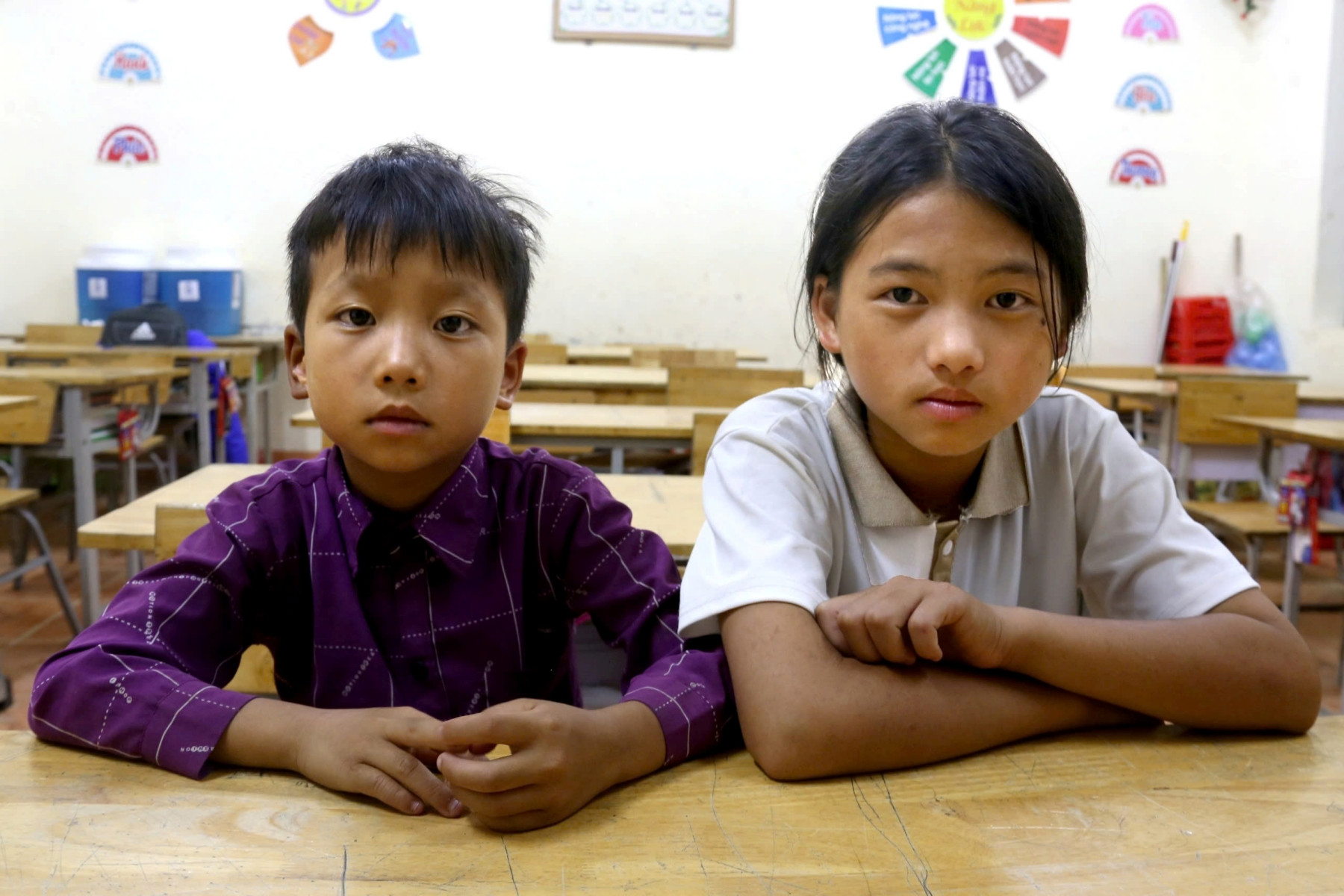
Ms. Trieu Thi Trang, a grade 9 teacher, is still haunted by the screams of her students when she witnessed the landslides in front of the school. While moving their belongings to a safe place, she had to reassure them: “The teachers are here, don’t be afraid!”
That night, the entire school board and teachers stayed up almost all night. It was still raining heavily, so teachers had to take turns watching over the sleeping students.
In the days that followed, the school was completely isolated. Food could not be delivered, while food reserves were gradually depleted, each teacher contributed whatever they had to cook for the students. “One day, the teachers collected only 5 green squashes. The kitchen brought them all out to cook for more than 170 students,” Mr. Thu recalled.
Only when the road was cleared and the supply teams could reach, did Mr. Thu breathe a sigh of relief because he “no longer had to worry too much about feeding his students.” But bringing food back to school was not easy. When many sections of the road were eroded and slippery, all the teachers had to wade through mud and carry food for hours, on a road that normally only took about 15 minutes to walk.
As she walked, Ms. Trang poked ahead with a stick to see if there were any deep, sunken areas. Following behind were the vice principal and several other teachers, their shoulders full of sacks of rice and potatoes.
The food problem was solved but there was still no clean water. The principal went to each household around the school to ask for clean water for cooking and daily activities. For several days, people used water during the day, and at night, teachers divided shifts to fill the tank, enough for the students to use the next day.
“During the storm and flood, I couldn’t think of much, I just jumped into work. Not letting students go hungry or lack water for daily use is the teachers’ top priority,” said Mr. Thu. At this time, teachers become the strongest support for all students.
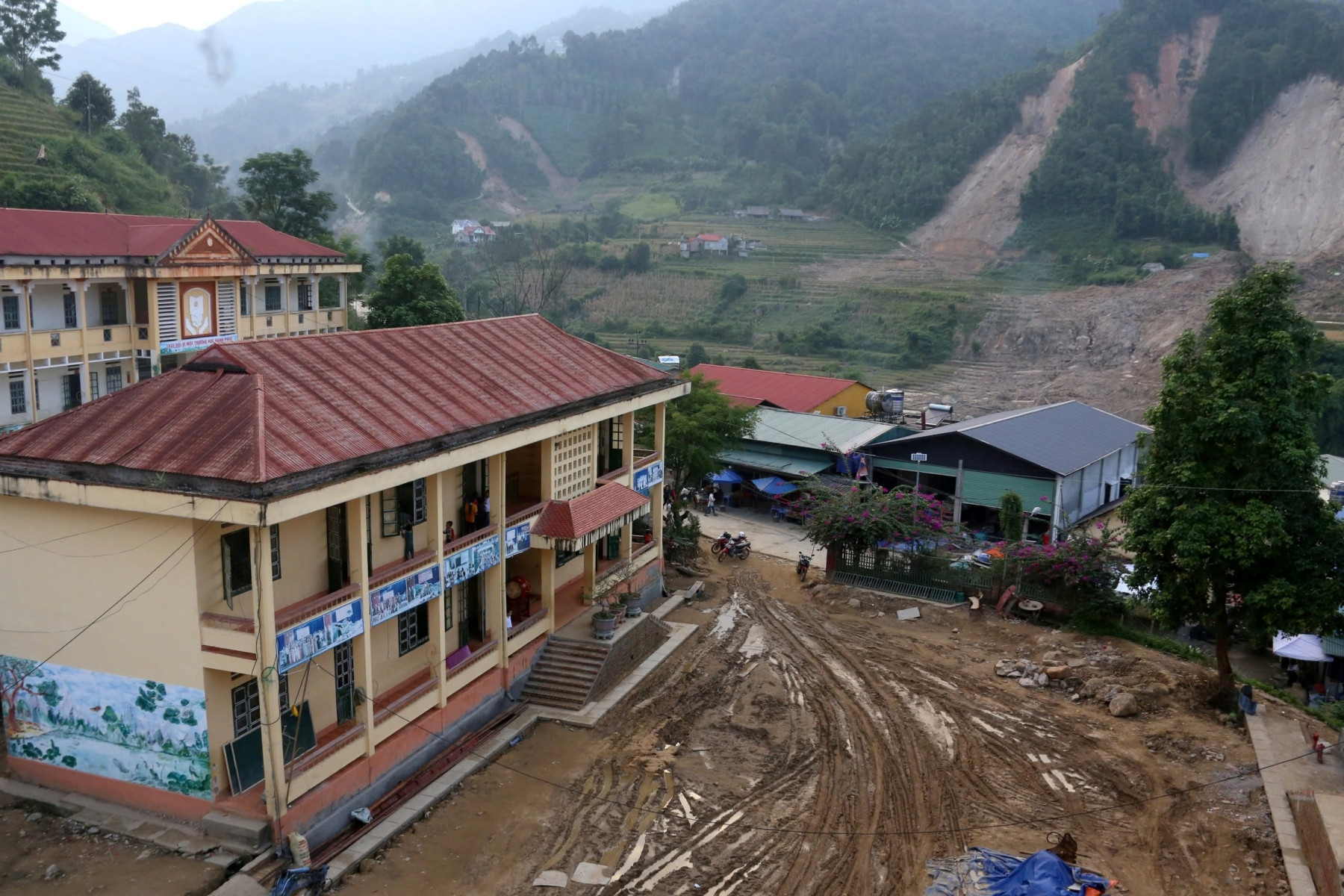 |  |
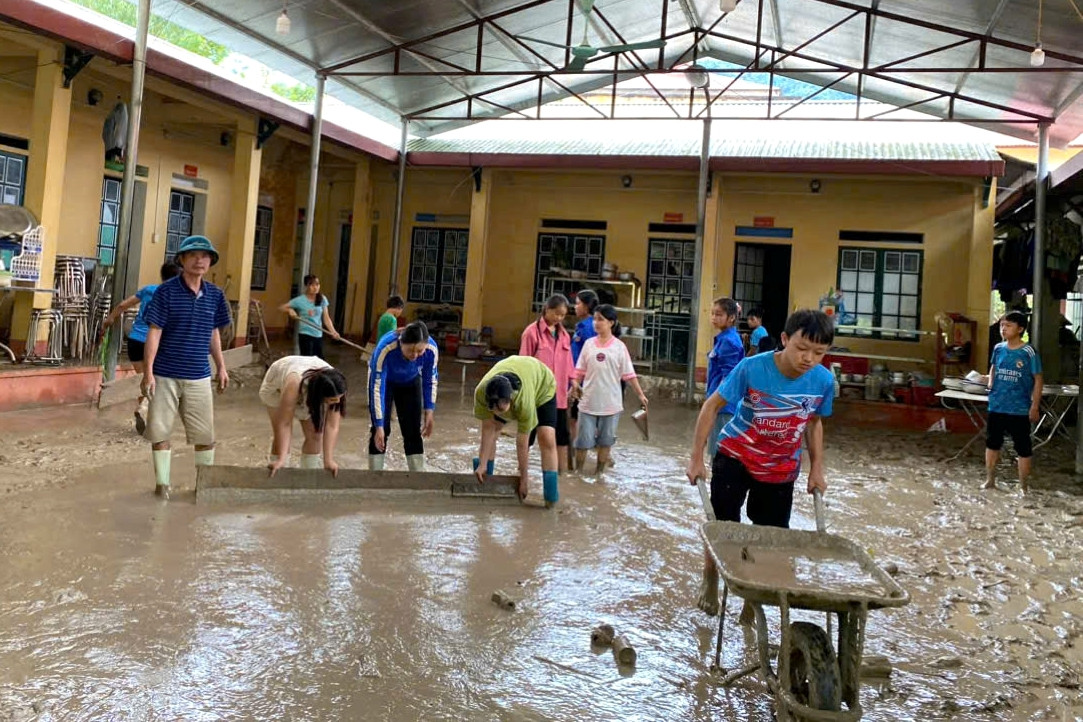 | 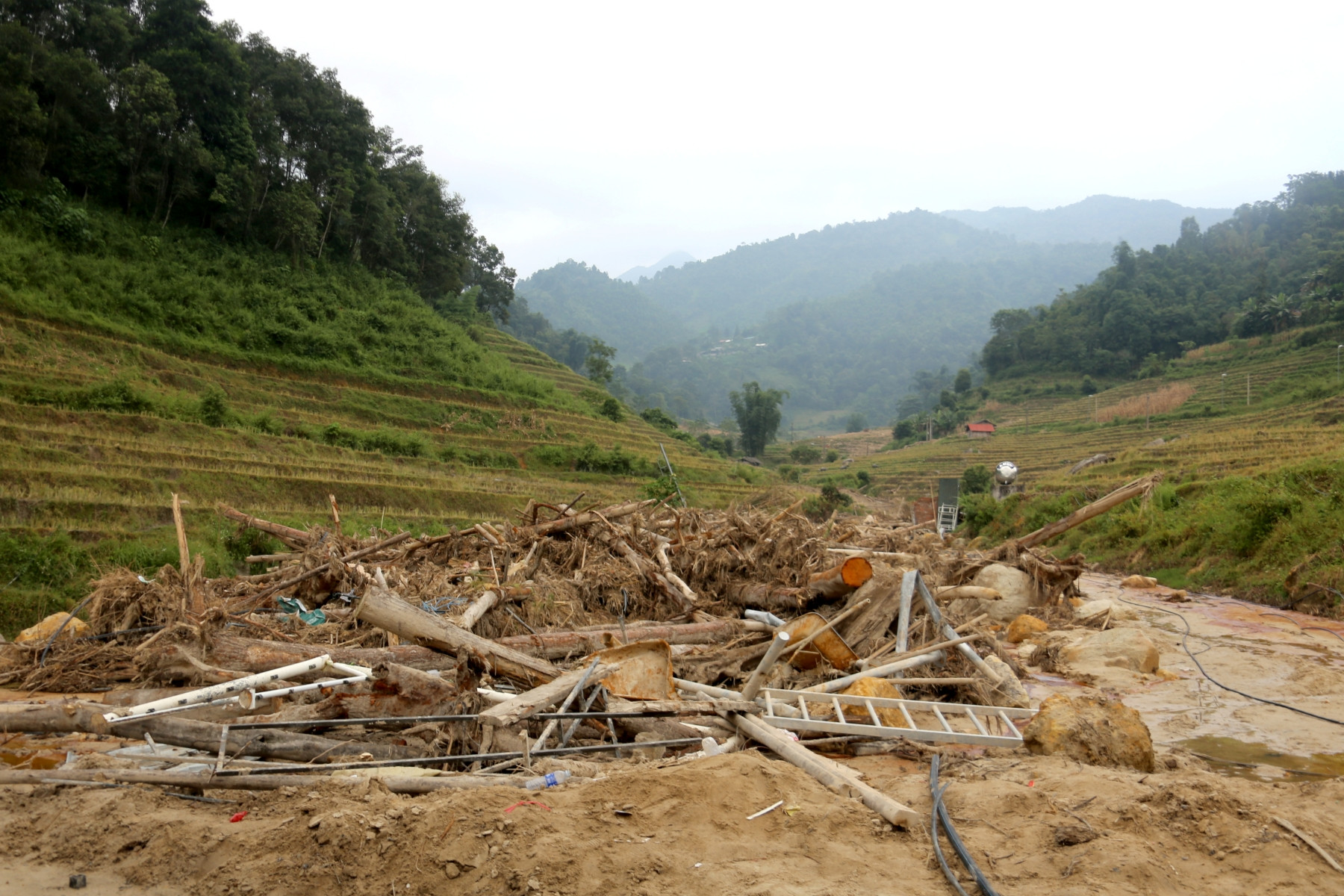 |
Trung Leng Ho Primary and Secondary Boarding School was fortunately not to suffer any casualties after the flood, but the toilets, gym and kitchen were all severely damaged. In addition to the facilities, the very next day, Mr. Thu also compiled information about the cases of students' families who suffered losses and damages. Whenever benefactors came to provide relief, he would "ask" for these students first.
The school is still in disarray after the flood. Teacher Thu admits that "the past half month has not been an easy time". But fortunately, teaching and learning have gradually stabilized. After school hours, teachers still take the time to clean up areas that can be cleaned. In areas where mud is piled high and cannot be cleaned by human power, the school can only rely on machines.
In addition to rebuilding the school, the issue of psychological stability for students is also a priority. Among the 8 students whose houses were swept away by the flood, Ly Tien (grade 9) lives in the farthest village. A few days after the flood, Tien's homeroom teacher also came to Po Ho village to encourage him to return to school. The house is no longer there, and Tien's entire family is living in a temporary shack not far from the old area.
The teacher had to convince the couple for a long time before they felt comfortable letting their child return to school.
Like Tien, Ly A Long’s house in Phin Pao village was also buried by rocks and soil. To this day, his family of five still has to temporarily live in the village’s garbage house, which is still at risk of landslides. Long worries about where his parents will get the money to rebuild their house.
During these days at school, Long was touched by the kindness of teachers and benefactors. "I received instant noodles, a school bag and money. I will give it to my mother to build a new house," Long said.
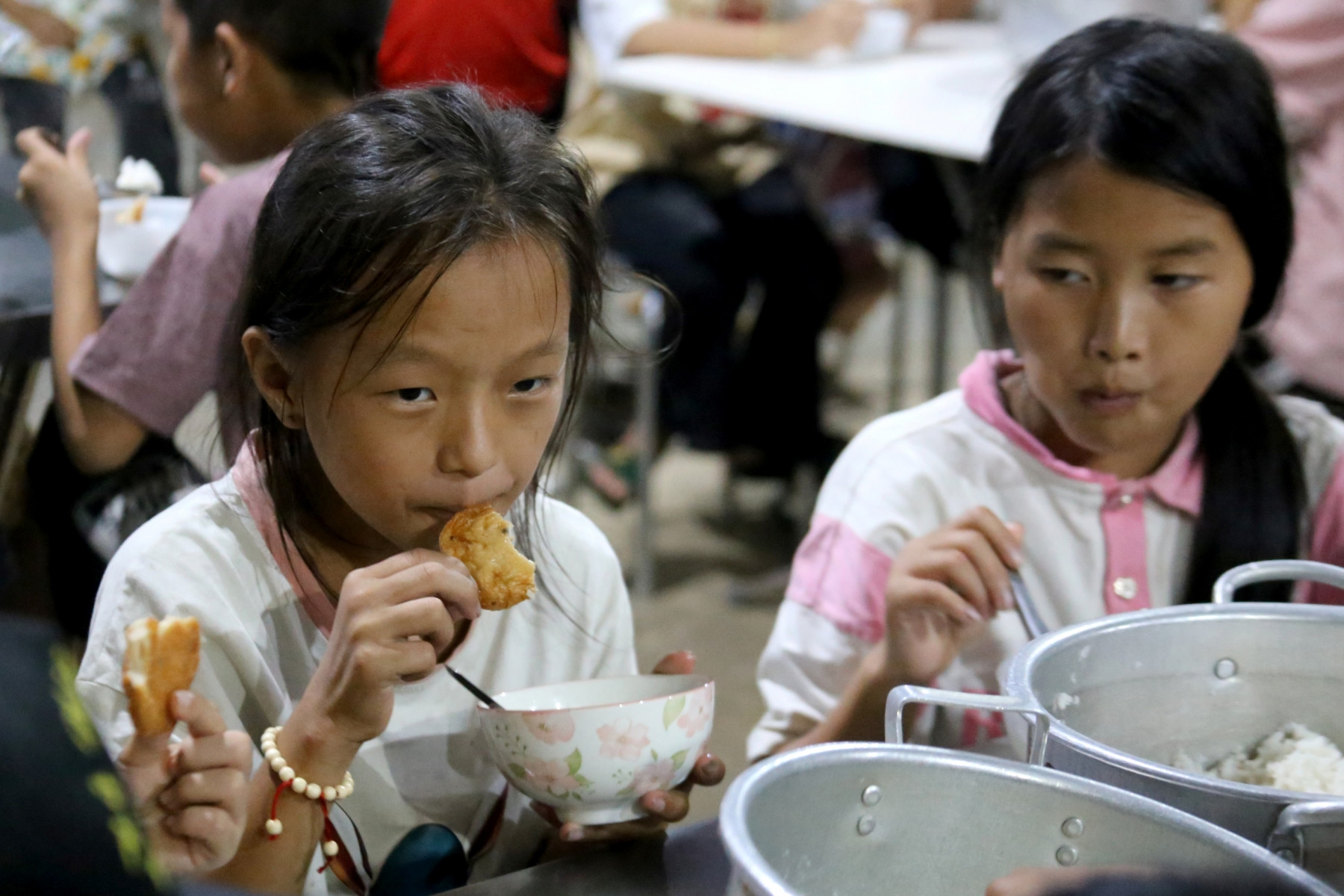
When the danger has passed and food is no longer an urgent issue, in the overwhelming amount of reconstruction work, ensuring that students can go to school with peace of mind is still the top priority for teachers.
Mr. Nguyen Duc Vinh, Principal of Sang Ma Sao Secondary School for Ethnic Minorities, said that in recent days, the school has made efforts to call for support from benefactors, from soap, shampoo, toothpaste, toothbrushes, wash basins... for students, helping parents feel secure in overcoming the consequences of storms and floods and rebuilding their lives.
During the storm and flood, although the facilities of Sang Ma Sao Secondary School for Ethnic Minorities were not damaged too much, about 60 students' families were severely affected.
As soon as the rain stopped and the road was temporarily passable, teachers tried to help students reunite with their families so they could stabilize their psychology after days of confusion and anxiety when witnessing the landslide of the boarding school or hearing that their house was swept away or damaged...
Ms. Phung Thi Hoa, Vice Principal of the school, said that at that time, some children were picked up by their families, but many children lived far away and their parents were busy dealing with the aftermath of the flood, so some teachers took their motorbikes to take the students home.
The road was steep and slippery, muddy in places or blocked by fallen trees and rolling rocks, so several times the teachers had to take turns wading through the mud and pushing the bikes. When almost all the students had been picked up or taken home, the teachers also returned to their families, except for one 9th grader who had to stay behind because his house was far away and the road was still not clear.
“Seeing the student’s sad face as if she was about to cry, I could only encourage her, ‘You can stay here with me, I have whatever you need’. Seeing her sad face and not saying anything, I asked, ‘You want to go home, right?’. Seeing her nod and say that her older sister lived closer, I sent a teacher to take her there,” said Ms. Vu Thi Hoa, the school’s Vice Principal. She herself was on duty at the school for two weeks. When everything was stable and the students returned to their normal study schedule, she felt secure to return to her family in Lao Cai City.

Ms. Hoa added that after the flood, in order to return to normal teaching and learning, teachers also took turns going to each village, crossing landslide-prone roads to students' homes to encourage families to let their children return and feel secure going to school. Teachers' luggage also included essential supplies and relief food for students and their families.
When they go to school, teachers become a support for the students. "In addition to teaching, teachers also talk, share and take care of their meals and sleep so that they can study with peace of mind," said Mr. Vinh.
Near noon, hearing the clear choir singing from a music class in a corner of the second floor, then looking at the students playing shuttlecock and teasing each other in the middle of the school yard, principal Nguyen Duc Vinh was moved, "peace has returned". He hopes that with the efforts, warm affection and full care of teachers, no student will be forced to leave school after the storm and flood. Overcoming all the losses, the students' education will not be interrupted. The school will be the starting point and stepping stone, helping students continue to reach out beyond the village.

Source: https://vietnamnet.vn/thay-loi-bun-2-tieng-vac-khoai-gao-ve-truong-co-thuc-dem-canh-cho-tro-ngu-2326614.html


![[Photo] Prime Minister Pham Minh Chinh starts construction of vital highway through Thai Binh and Nam Dinh](https://vphoto.vietnam.vn/thumb/1200x675/vietnam/resource/IMAGE/2025/5/12/52d98584ccea4c8dbf7c7f7484433af5)


![[Photo] Prime Minister Pham Minh Chinh works with the Standing Committee of Thai Binh Provincial Party Committee](https://vphoto.vietnam.vn/thumb/1200x675/vietnam/resource/IMAGE/2025/5/12/f514ab990c544e05a446f77bba59c7d1)
![[Photo] Prime Minister Pham Minh Chinh receives Swedish Minister of International Development Cooperation and Foreign Trade](https://vphoto.vietnam.vn/thumb/1200x675/vietnam/resource/IMAGE/2025/5/12/ae50d0bb57584fd1bbe1cd77d9ad6d97)



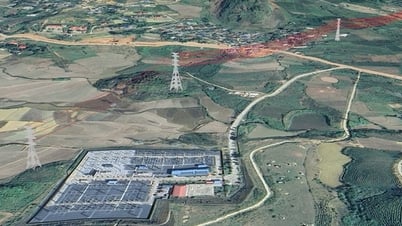









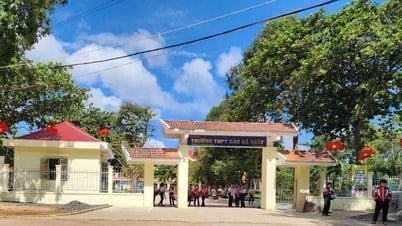

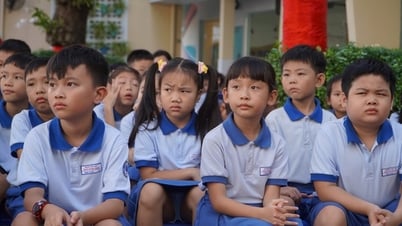















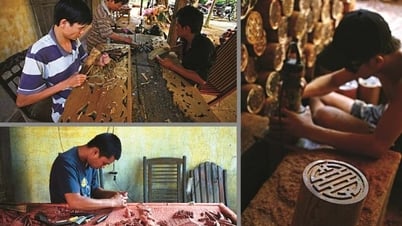





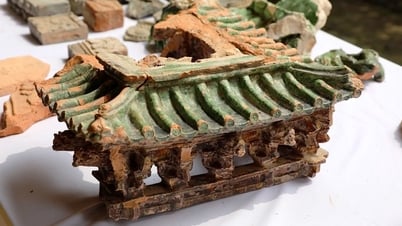



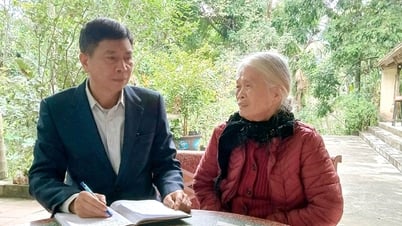


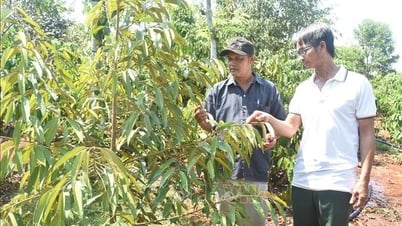


























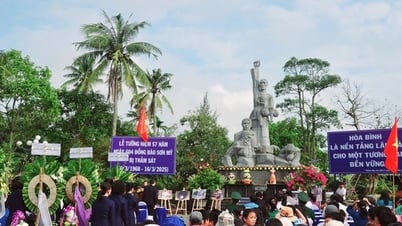





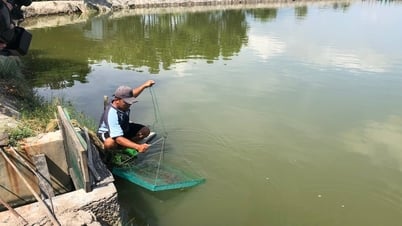

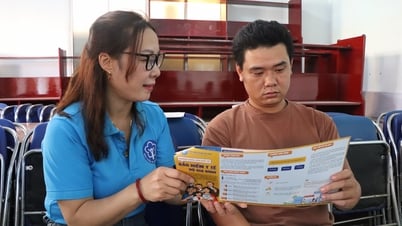
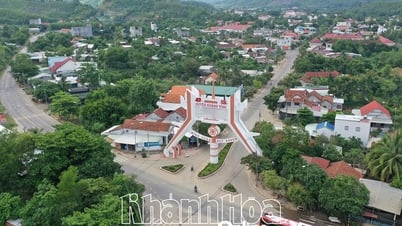




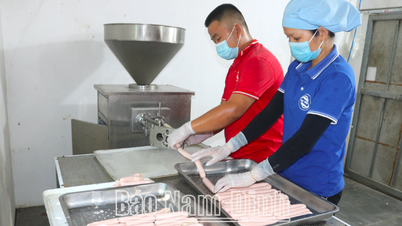

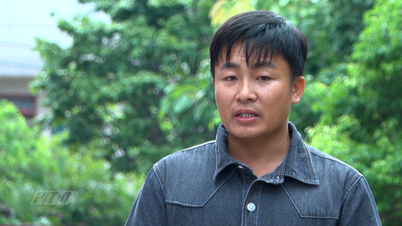

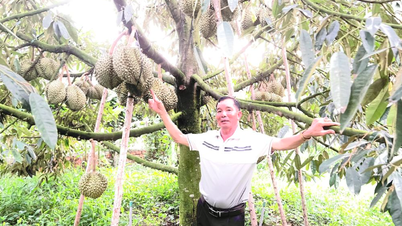


Comment (0)